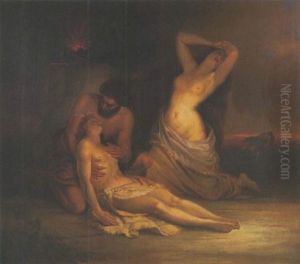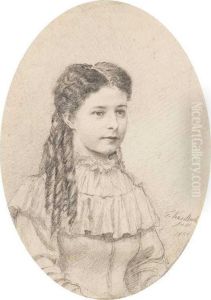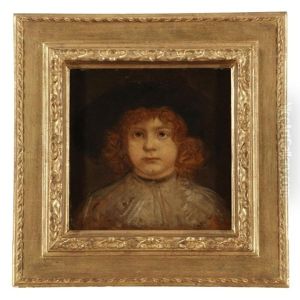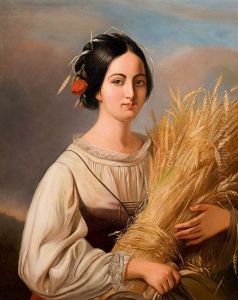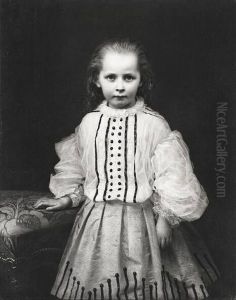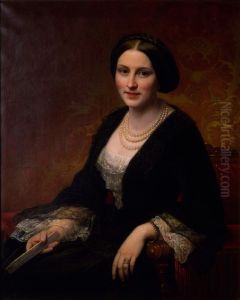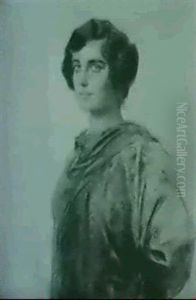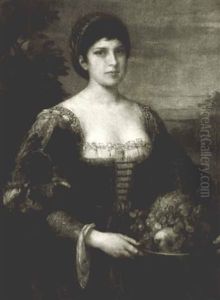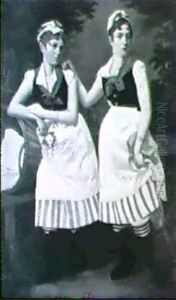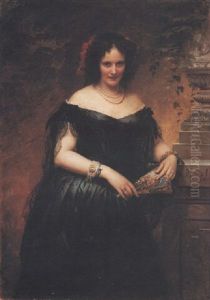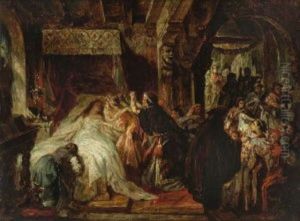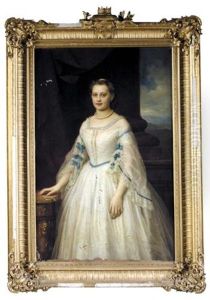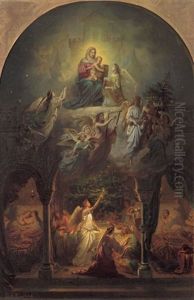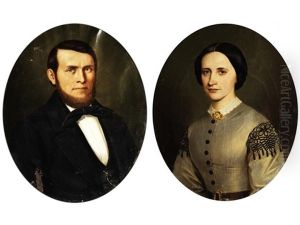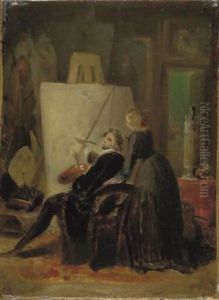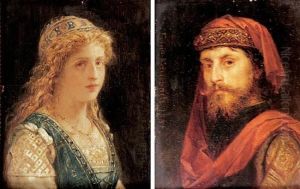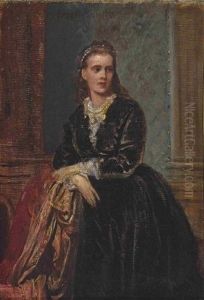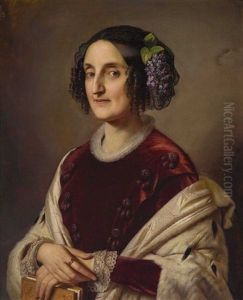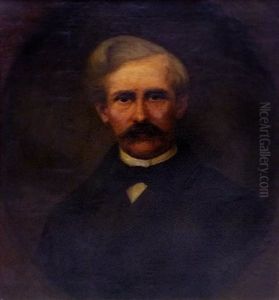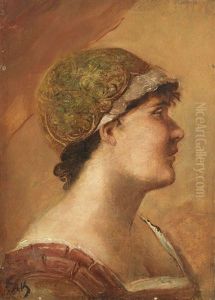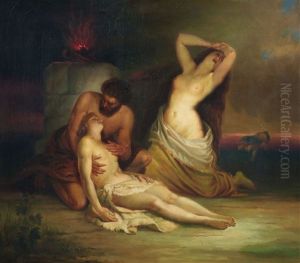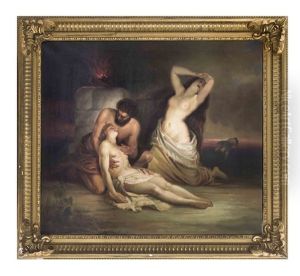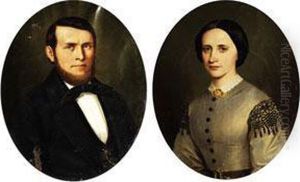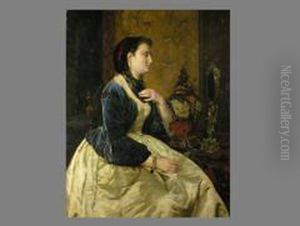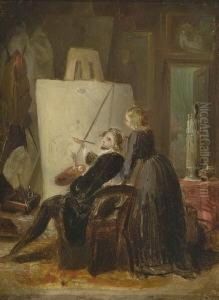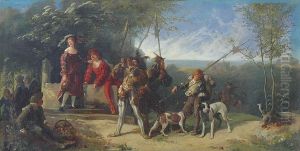Friedrich Kaulbach Paintings
Friedrich Kaulbach was a German painter, born in 1822 in Arolsen, in the Principality of Waldeck and Pyrmont. He was part of the Kaulbach family, a family with a significant legacy in the world of art, which included his uncle Wilhelm von Kaulbach, a renowned painter of the time. Friedrich's artistic journey was deeply influenced by his family's artistic background, and he was initially trained by his uncle, which set the foundation for his career.
Kaulbach's body of work is characterized by its focus on portraiture, where he excelled in capturing the essence and personality of his subjects. He was particularly noted for his skill in depicting the nuances of facial expressions and the texture of fabrics, bringing his portraits to life with a remarkable sense of realism and depth. His portraits often featured prominent figures of his time, making his work an important historical record of the era's social and cultural elite.
In addition to portraits, Kaulbach also engaged in historical and mythological themes, though these were not as prominently featured in his oeuvre as his portrait works. He was based in Munich for a significant part of his career, where he was part of the city's vibrant artistic community. Munich, during the 19th century, was a hub for artists, and Kaulbach's presence there allowed him to be at the center of artistic developments and innovations of the period.
Friedrich Kaulbach's contribution to German art in the 19th century is significant, not only for the quality of his work but also for his influence on subsequent generations of artists. His style, while rooted in the traditional, also hinted at the transitions in art that were to come, bridging the gap between classical and modern sensibilities. He passed away in 1903, leaving behind a legacy that continues to be appreciated for its technical mastery and emotional depth.
